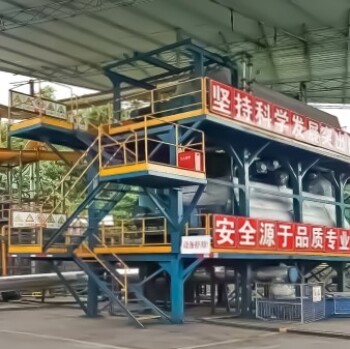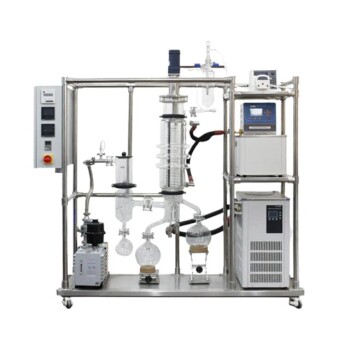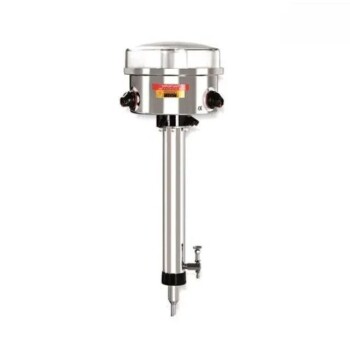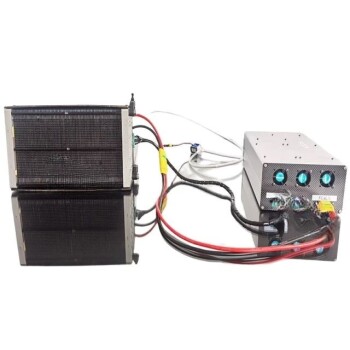Bio-oil is a valuable product derived from biomass, primarily through a process known as pyrolysis. This process involves heating biomass in the absence of oxygen to high temperatures, resulting in the conversion of biomass into gas, solid char, and liquid products. The liquid product is what we call bio-oil or pyrolysis oil. Bio-oil is a complex mixture of oxygenated organic compounds and is denser than the original biomass, making it more cost-effective to transport and store.
How is Bio-Oil Produced from Biomass? 5 Key Steps Explained

1. Pyrolysis Process
- Heating in Absence of Oxygen: Biomass is heated to temperatures typically ranging from 400°C to 600°C in a controlled environment without oxygen. This prevents combustion and instead promotes thermal decomposition.
- Conversion to Products: The high temperatures cause the biomass to break down into various products including gases (like methane and carbon monoxide), a solid char (biochar), and a liquid (bio-oil).
2. Characteristics of Bio-Oil
- Composition: Bio-oil is a dense mixture of oxygenated organic compounds, including acids, alcohols, and aldehydes. It is typically dark brown or black in color and has a density of about 1.2 kg/liter.
- Energy Content: The higher heating value of bio-oil ranges from 15 to 22 MJ/kg, which is lower than conventional fuel oil due to the presence of oxygenated compounds.
- Water Content: Bio-oil typically contains 14–33% water by weight, which cannot be easily removed by conventional methods like distillation.
3. Uses and Upgrading of Bio-Oil
- Direct Use: Bio-oil is not suitable for direct use in standard internal combustion engines due to its high water content and corrosive nature.
- Upgrading: It can be upgraded to a special engine fuel or converted through gasification processes to syngas and then to bio-diesel.
- Co-firing: Bio-oil is particularly attractive for co-firing in power stations because it can be more readily handled and burned than solid fuel, and is cheaper to transport and store.
4. Advantages of Bio-Oil
- Handling and Storage: Its higher density compared to biomass reduces storage and transport costs.
- Versatility: Bio-oil can be used in existing power stations without the need for special start-up procedures, and it is also a source for a wide range of organic compounds and specialty chemicals.
5. Environmental Benefits
- Biochar Production: The solid char produced during pyrolysis, known as biochar, can be used as a soil amendment, enhancing soil quality and sequestering carbon, which helps in mitigating global climate change.
In summary, bio-oil production through pyrolysis offers a sustainable and efficient method to convert biomass into a usable form of energy, with additional benefits such as the production of biochar for soil improvement and carbon sequestration.
Continue exploring, consult our experts
Discover the future of energy with KINTEK SOLUTION's state-of-the-art pyrolysis equipment. Elevate your biomass processing with our cutting-edge technology that efficiently converts biomass into valuable bio-oil, unlocking its potential for sustainable energy and soil enhancement. Upgrade your laboratory capabilities and join the ranks of innovators in renewable energy. Experience the KINTEK difference today – where sustainable solutions are not just an option, they're the future.












